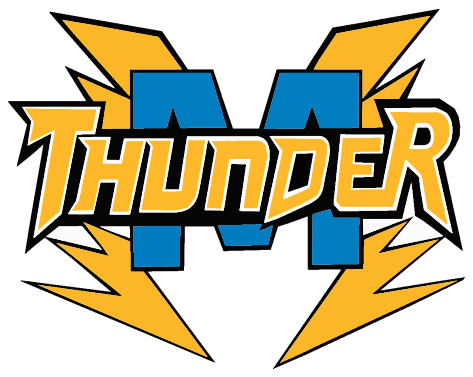When you've worked at the prestigious Bell Labs Crawford Hill Laboratory in Holmdel, New Jersey, where nothing short of the Big Bang Theory took root, well, you tend to think big. Dr. Alan Lucero, who spent a career at the famous lab as well as several other telecommunications research labs before retiring and returning home to New Mexico, is setting off a bang of his own--rethinking middle school math and working to re-envision Milagro Middle School as a Computer Science campus.
"This is my retirement career," said Dr. Lucero, who, at 73, is committed to at least another five years at Milagro, where he is the 7th grade Computer Science teacher.
With his bachelor's degree in physics and math from the University of New Mexico, a doctorate from the University of Connecticut in physics and 30 years of experience in experimental and computational research, Dr. Lucero has created a two-semester Computer Science course at the school that conforms tightly to New Mexico Public Education Department and SFPS standards-based learning and grading. The first semester uses the Python computer programming language as a vehicle to solve real-world analytical problems. The second semester focuses on C++, a science programming language developed at Bell Labs that helps students learn how to manage large spaces of data and incorporates some understanding of computer engineering. "I was flying the airplane while building it," he said of the effort he started in 2020.
The results speak of his success. In just the first week of the 2023-24 semester, he has taught students to do simple computer commands processing text and telling personalized stories. The capstone projects of the semester have students writing code, which sorts extremely long lists of numbers in seconds, or plotting National Oceanic and Atmospheric Administration (NOAA) satellite data on the rise in the Earth's sea level. "I have kids who have never touched a computer or had a math background, and they get excited about it," he said.
Ever heard of a "while loop"? In just the third week of school, Dr. Lucero's students delved into the "while loop" structure, which allows code to be executed repeatedly, for example generating multiplication tables. The students first wrote the concept in English, then in code, then coded their concepts and, finally, interacted with the code by "breaking" it so that numbers were treated no differently than text. Now students will apply this general code to "multiply" emotionally positive words to create uplifting posters for their classroom walls.
Students have even worked with programming Arduino microprocessors, known to visitors of Meow Wolf for opening and closing doors and turning lights and sounds off and on.
No prior experience is needed, just a keyboard, he said. "They'll head to high school pretty well grounded," he said.
At Santa Fe High School (SFHS), engineering classes are also aligned with the developing STEM efforts. Several engineering courses, taught by Emily Walukus and Esther Lescht, provide students with a broad exposure to engineering principles and practices. Working with SFHS teachers like Computer Science teacher Brian Smith, his hero, students will learn to use supercomputers, build computers, create Apps for phones and run the customizable Linux operating system.
Currently, Dr. Lucero is working with other Milagro staff--Megan Avina, Makerspace art teacher, Sue Greig, vice principal and athletics coordinator, and Shannon Wittenburg, digital learning coach--on ways to integrate Computer Science into other topics on campus. One of his contributions last year was to develop a short module on how to use algorithmic thinking in history.
The dream for Milagro to advance STEM (Science, Technology, Engineering and Math) is shared, he said, by Dr. Neal Weaver, chief information and strategy officer, and Dan Villescas, SFPS’ executive director of digital learning. "The digital learning group is focused on our campus and willing to push our vision for this campus towards becoming a Computer Science academy," he said. Villescas has provided funding for a table with a computer-controlled router so students can create 3D models from blocks of wood.
"Even if they (the students) don’t follow up in the science, engineering, or Computer Science field, I want to teach them science thinking and problem solving (so) they’ll know how to critically assess," he said.
Dr. Lucero said he really likes Milagro, feels 100 percent accepted and supported by the administration and likes the camaraderie with the other teachers. As for his STEM vision for Milagro, no rush but it would be "nice if we could have it next year," he said.

